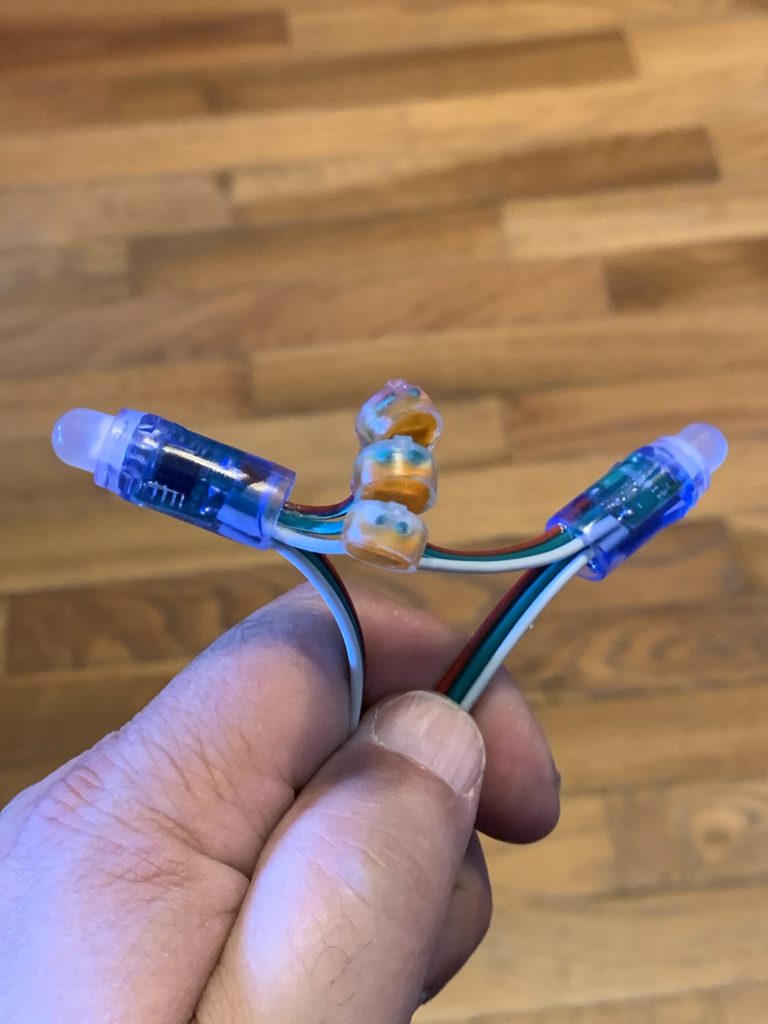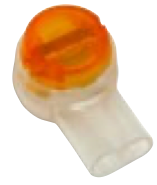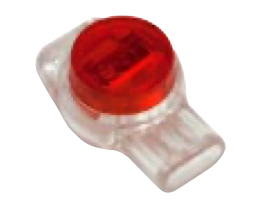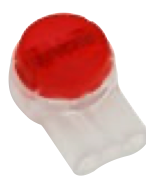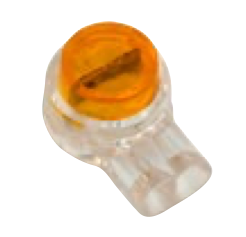
Scotchloks ™ for Pixel Repairs
Important Notice
This site is no-longer being maintained, and the content and links found here may be irrelevant and outdated. It is online for archival purposes only.
Quick Update (December 2021): Corning purchased 3M’s communications products division, so now these are sold as Corning Brand.
I’ve been using these “UY2” connectors for emergency repairs this year (2021), and still have a few repaired strings left over from last year. I haven’t had any issues with any of them. Older ones are showing some UV discoloration, but the connections themselves are still solid.
I’m actually recommending these now for “field” repairs, although solder seals or soldering/shrink tubing are still more permanent solutions that will likely last significantly longer. Be sure to get real Corning brand though, I’ve seen several posts in social media from people who bought knock-offs from Amazon and China and regretted it. These are a bit bulkier too so may not be practical in all situations. It’s certainly a lot easier to replace pixels on the roof or in our mega-tree using these though!
First- Scotchlok is a registered trademark of 3M Corp. In particular- I am referring to their IDC (Insulation-Displacement Contact) Butt Connectors. These “button splices” are filled with a gel to protect the connection from water and corrosion, and can be installed with almost any pliers. I just use the plier tips on my wire strippers most of the time. I’ve used these things literally for decades now, first in telecom and later in datacom. They are fantastic for making permanent weatherproof connections between single-conductor 22-24 gauge wires. In other words- telcom/datacom cables. They were originally made for telephone companies.
Of course- there are a lot of rip-offs of these now too, from China. I prefer the real thing since at least I know exactly what I’m getting.

I’ve gone through boxes of these things over the years. They are incredibly handy and effective for splicing telephone and network cables.
So, what about using them for pixels? I have found myself in heated discussions with folks online who use these for pixel repairs. My arguments have been two-fold:
- These are too small for any of the insulated wires used in pixels. I was unable to get even the thinnest cheapest pixel wires to fit into them, so I had to conclude that folks were stripping the wires first, which just wouldn’t work well. The mechanism inside these things is made to work WITH insulation to secure and seal the wire in-place.
- They are only made for single-conductor wire, not stranded. All pixel wires are stranded.
So, first off- I will say- I was wrong about my first point. Well, right and wrong. 3M makes two different versions of of the common “UY” connector. The second one- “UY2” is much larger. It is “solvent resistant” which means it is larger and constructed out of a different plastic (and it presumably has a different gel formulation inside as-well). These DO work for insulated pixel wires.
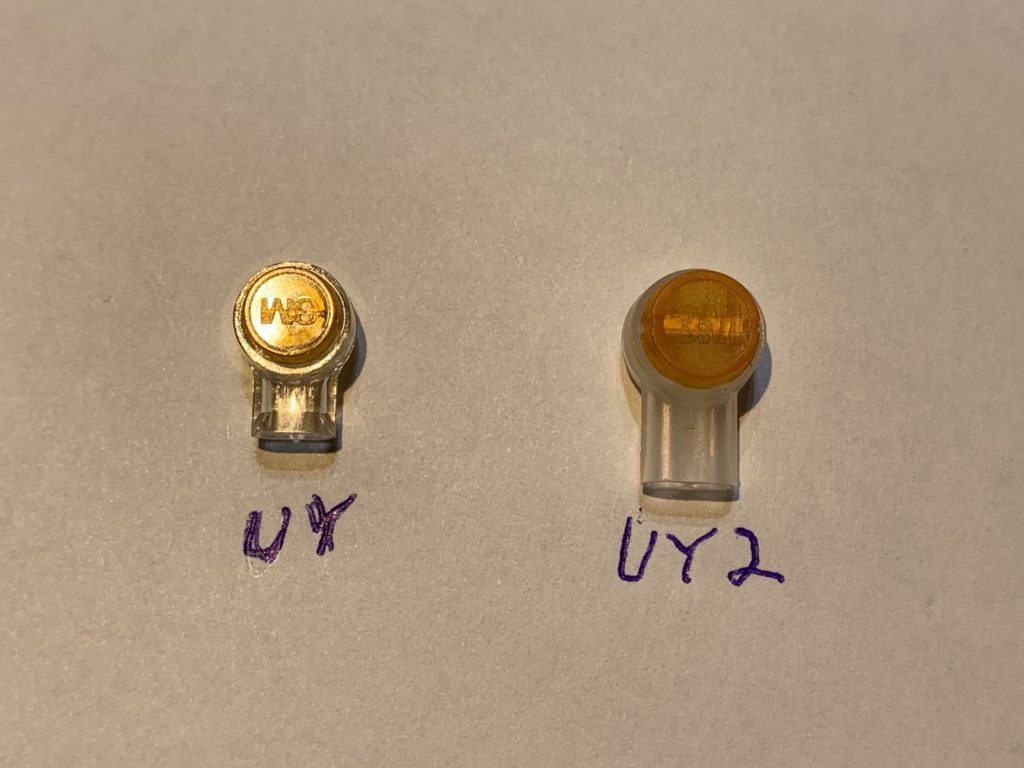
Many folks also use the “UR” connectors, which are made for up to 3 conductors. You may be able to cram whole wires into the standard UR, but like the UY- it comes in a larger “UR2” version as-well.

UR 
UR2
So- as long as you get the “2” versions- you are good to go as far as actually getting the insulated wires inside.
My second point is still valid- these connectors are specifically made for solid (single) conductor wire. The “2” versions of the above connectors are made for 26-19 gauge solid wire, per 3M’s specs.
That said- they do work for stranded wire, but the long-term stability of the connection is dubious at-best. I look at it the same as using the wrong RJ-45 connectors on stranded vs. solid network cables. Sure- they will work, for a while, but if the cable is exposed to any motion at all- they will break down and fail.
One additional factor is the wire insulation itself. Telecom. cables, which are what these things are made for, have a very thin layer of insulation around the wire, while the pixels we use have much heavier insulation (and very little wire). These do still work- but they are significantly harder to crimp for pixels, which may also lead to premature mechanical failure.
So- I’m now armed with a new box of “UY2” connectors, and will likely order more before the end of the season. They are a whole lot easier than solder-seals for those emergency “failed pixel” repairs. I’m limiting the strain and movement on those connections as much as possible. My plan is to replace those splices with solder seals for next season, but I at least hope they will last until this one is over.
